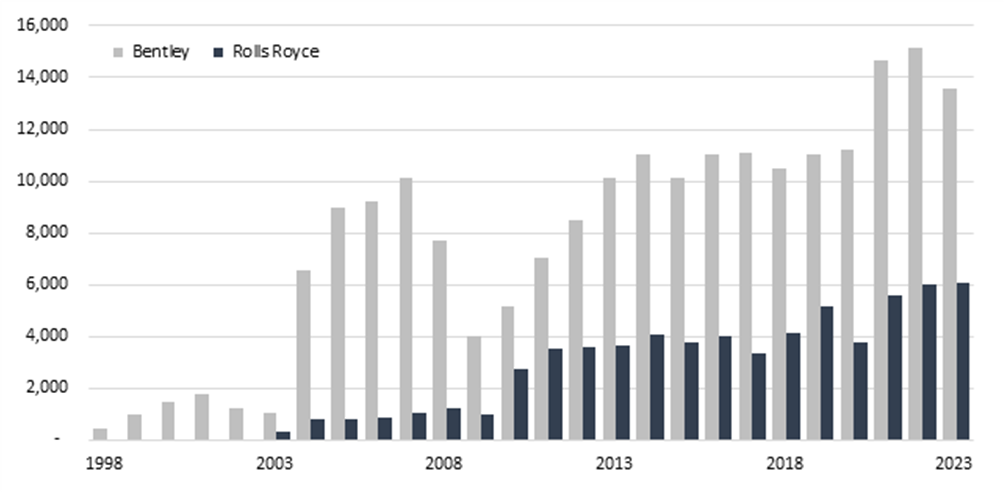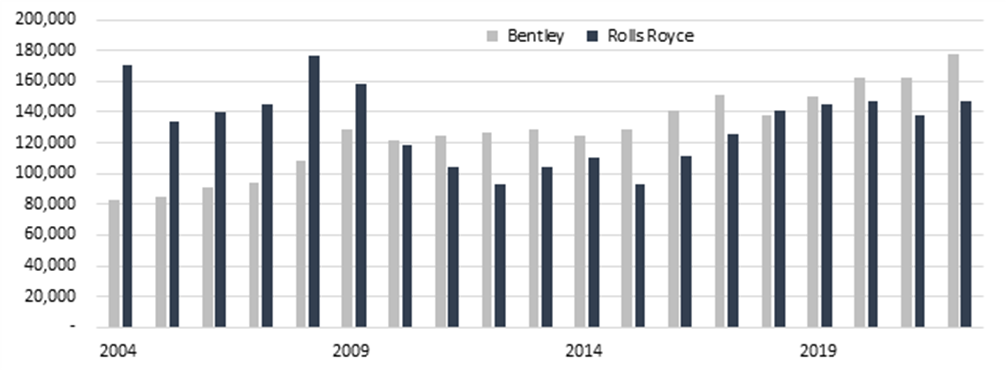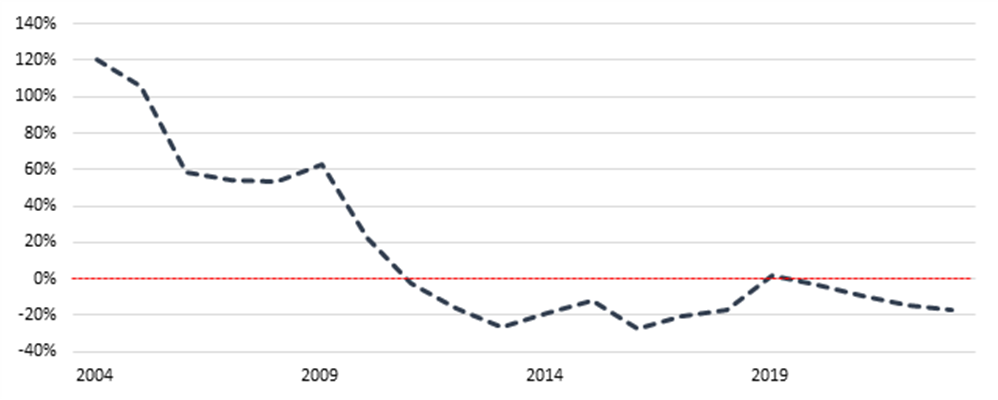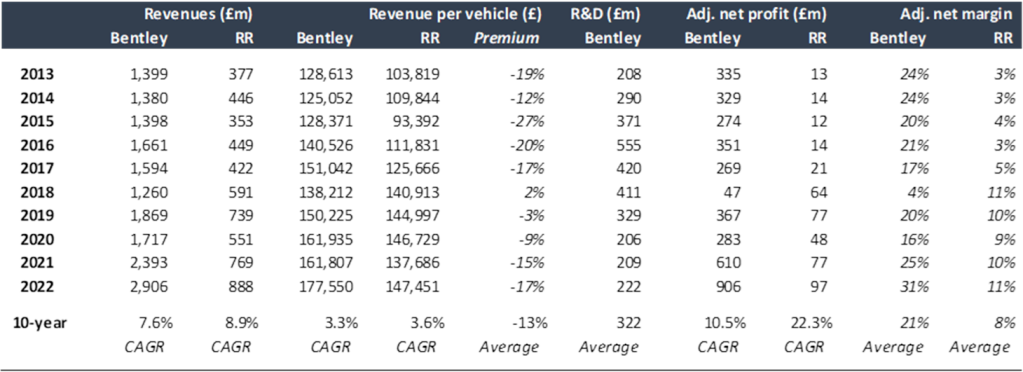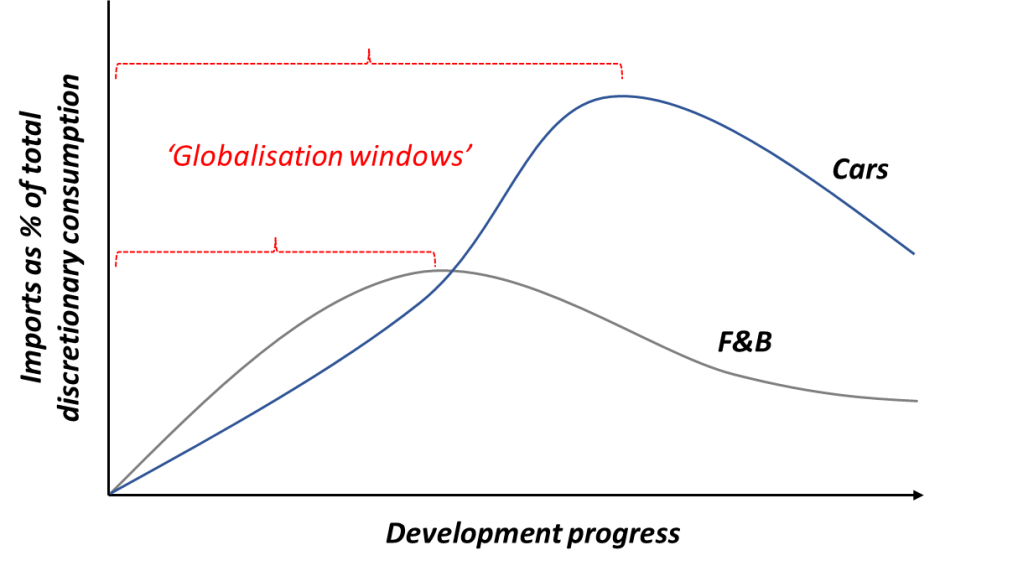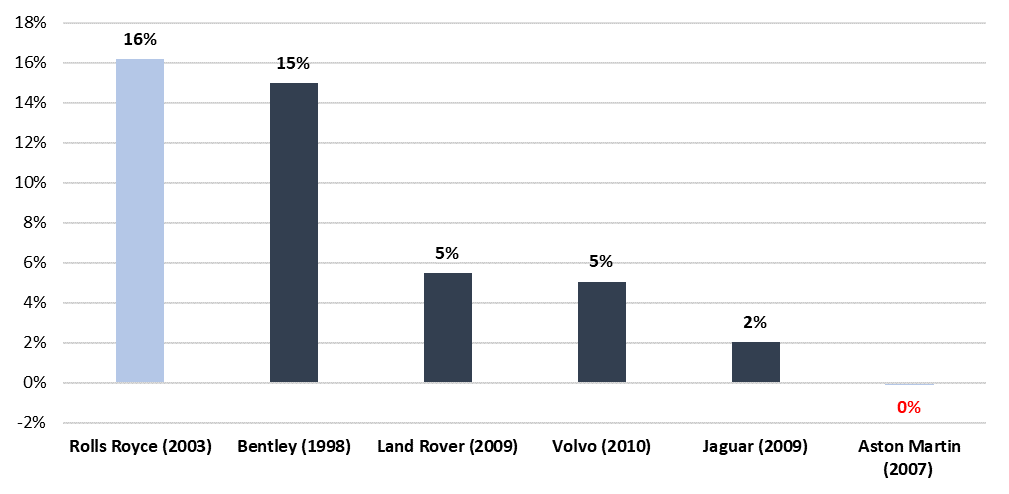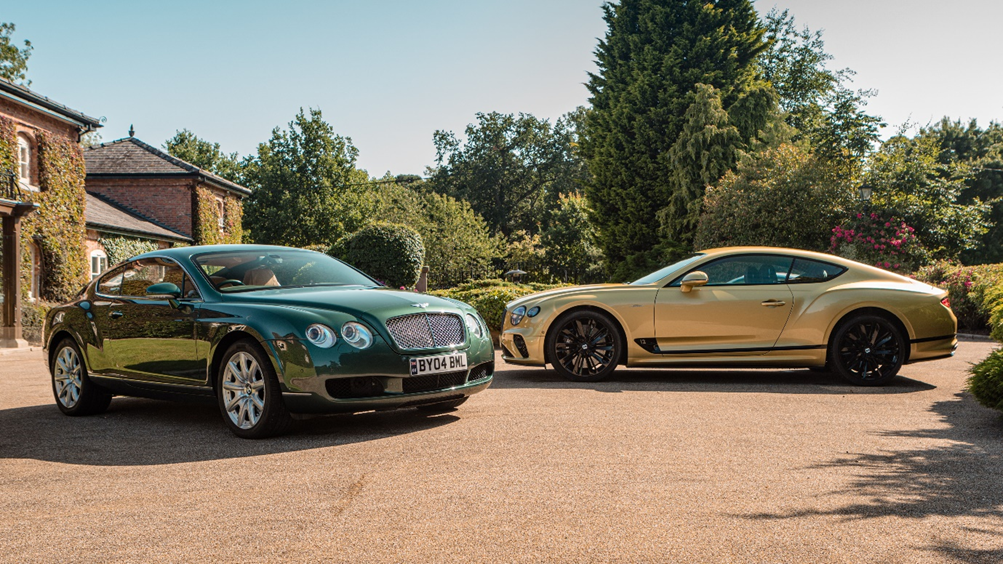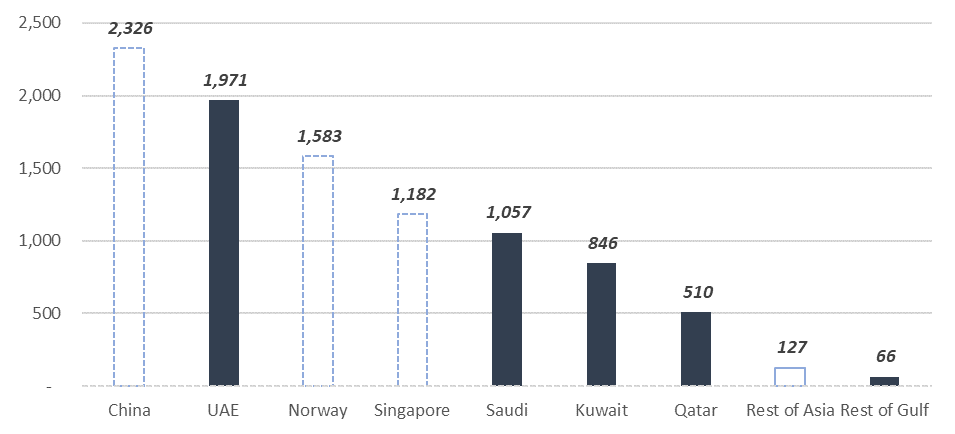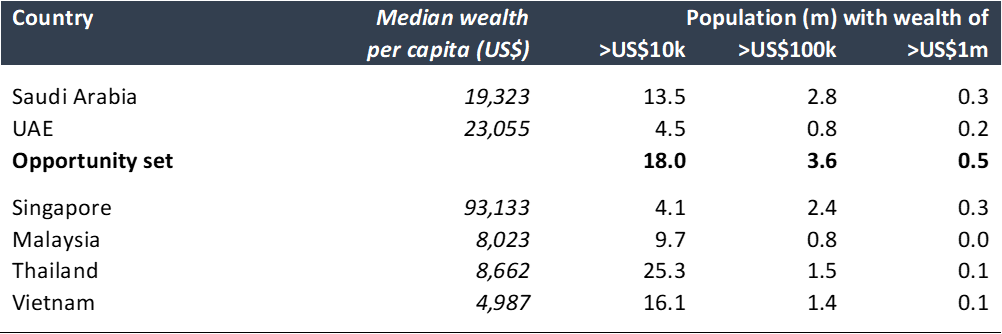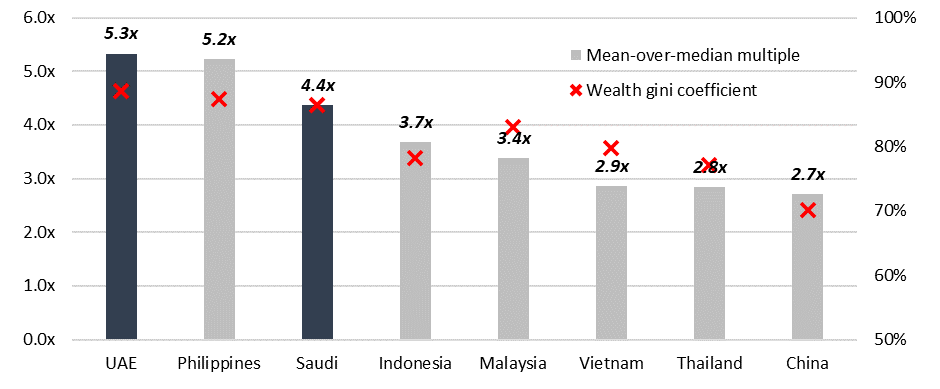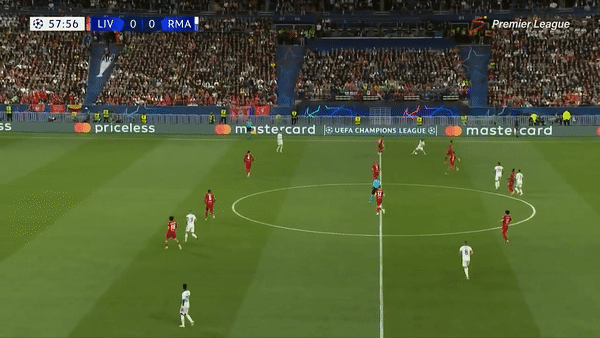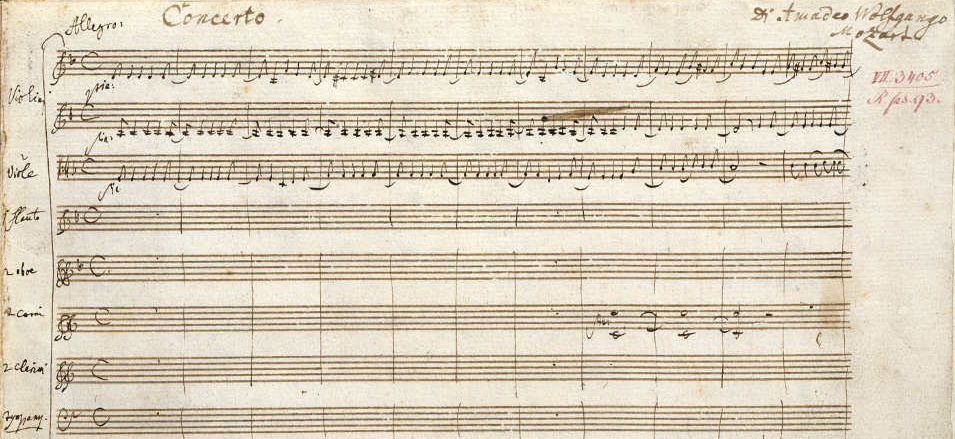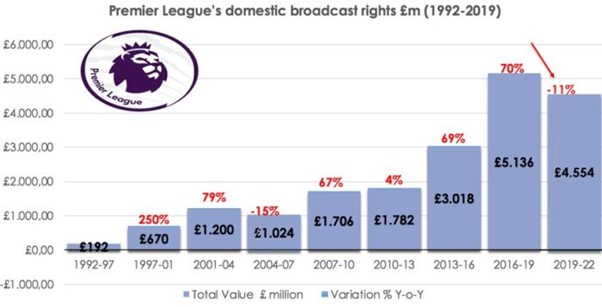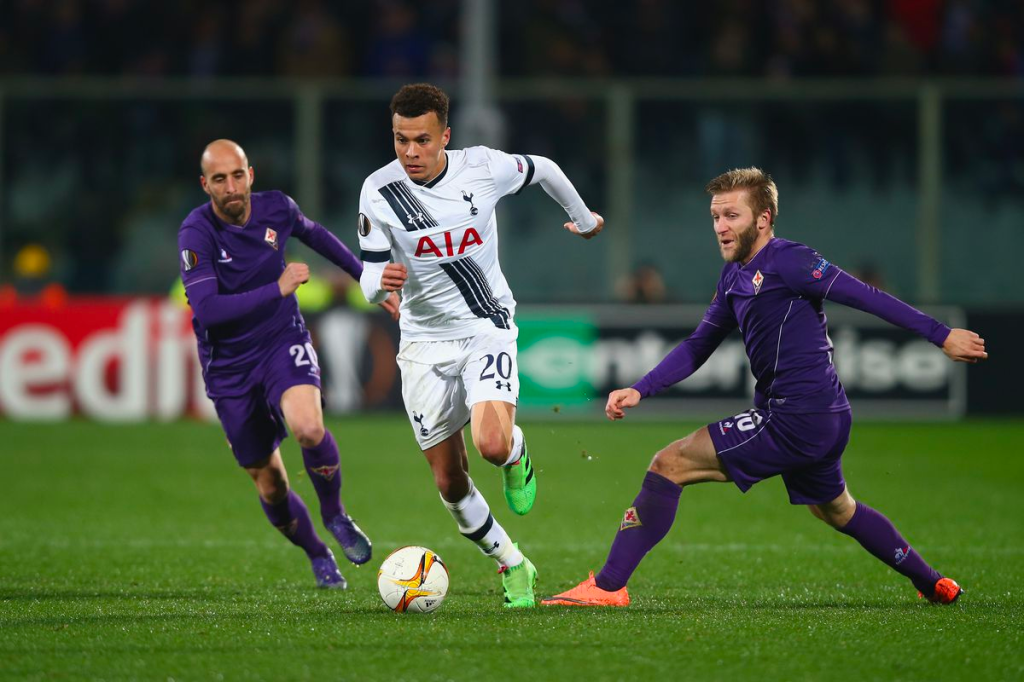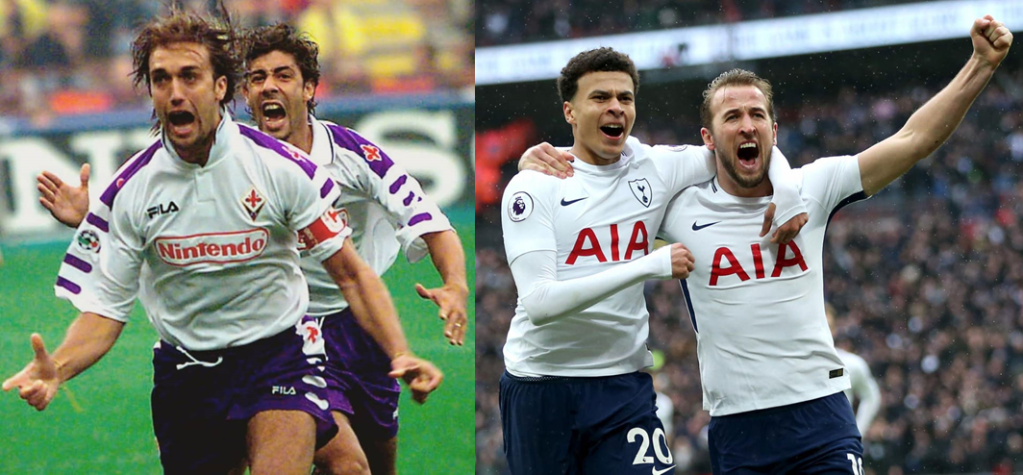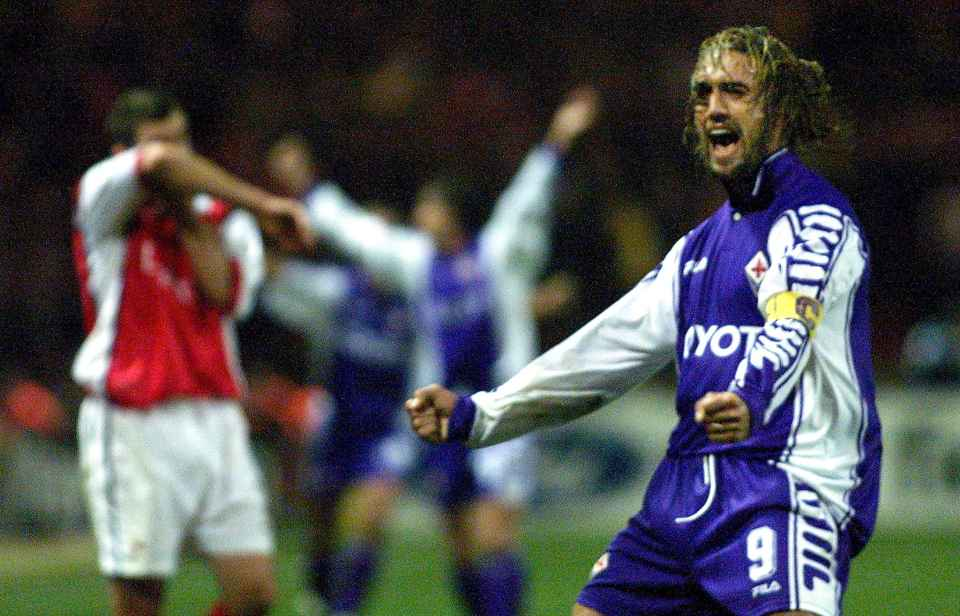And you might not actually like it if you did
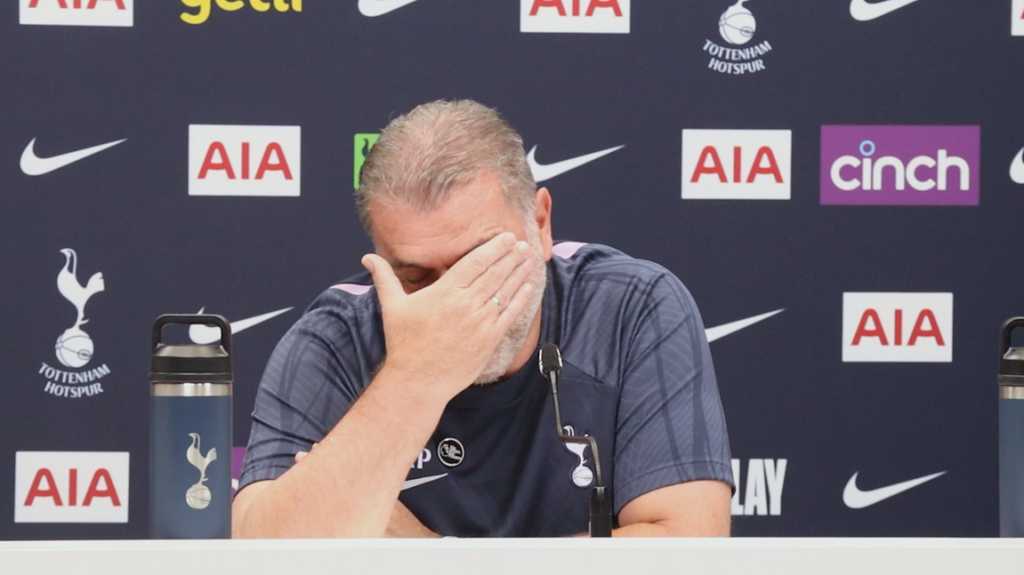
One of the most curious things about Postecoglou’s tenure at Spurs is how little observers seem to actually comprehend what he is saying. In turn, this leads to not really understanding what he is doing, either. This blog should not come across as just trying to defend Ange against the grain of results like this last weekend at Newcastle; but I think it is worth trying to at least understand what he says, in order to either agree or disagree with it.
So let us start with the background of recent comments Ange made about fourth place. He has, of course, made comments allowing us to interpret all sorts of things, such as “let them dream” and “if I’m not mistaken, we are three points off the top”. With regards to the Champions League places, his exact words were as follows:
“I don’t see fourth as the prize. I don’t want to finish fourth if we haven’t grown and developed as a team. Part of the narrative is to push you in these kinds of positions where you think that fourth is some kind of achievement that gives you something for next year.”
“Fourth would be great if I feel like we’re growing as a team, and we’re creating something that is going to bring us success next year. But fourth is not our goal… If we finish fifth, and if I think we’ve got a team to challenge next year, then I won’t be disappointed.”
MSN et al
As mentioned, this led to bemusement and incredulity at both ends of the spectrum, oddly enough. Critics inferred that by saying this, he was releasing himself from any accountability over finishing fourth and getting the club into the Champions League. Proponents went the other way, telling us that he was saying that fourth is no ceiling, and we should be aiming higher than that (Maddison unhelpfully made similar comments this week).
Maybe this confusion reflects the intellect of the average commentator, but the likes of Dan Kilpatrick and Jack Pitt-Brooke need to be told that Ange is saying neither of these two things. He was alluding to some very some basic points:
- There is no prize in football other than winning. Any place below 1st is still a failure and trying to moderate how much of a failure you are by distinguishing between 2nd, 4th or 5th is sophistry designed to make supporters feel better.
- The nuance of exactly where you finish, especially when it is below first, do not tell the story he is bothered with. Excluding the exogenous factor of Champions League financial income, there is little which indicates that the team in fourth is somehow better, or on a more positive trajectory, than the team in fifth.
It is not so much that the league table lies, it is that for a ‘project manager’ the table is irrelevant as a measure of progress. The only measure of progress is … progress. And progress is not defined by the noise of individual performances (like yesterday), or where you are in the table. It is about what you see and feel when you watch the team play every week. “Are we a better team than before? Yes, or no?”
And this brings us to the broader issue of Angeball philosophy**. This way of thinking, much more than the tactical use of inverted fullbacks, that Postecoglou is similar to Guardiola and Bielsa and some others. Because like it or not, the idea is that games aren’t a managed period of 100 minutes with beginning, middle and end; they should be a steady and constant stream of football. The blowing of the whistle signalling the end of one match or the beginning of another are merely inconveniently imposed breaks in an ongoing flow of action and implementation of the manager’s tactics and ‘plays’.
This was most clearly expressed when he noted that he didn’t want his teams being dictated to by the minutes on the clock or the score line. You don’t try and win things during certain parts of the game and sit back for others. You don’t react to ‘game state’. Every minute is just another minute of Angeball, trying to score goals, and it doesn’t matter who your opponent is or what the score is. It doesn’t even matter who you have on the pitch.
And this brings us to the increasing clamour regarding a need for a ‘Plan B’. Advocates of this are truly not understanding Ange, particularly when they start sentences with “I get what he’s trying to do, but … “. As far as Ange is concerned, the whole of this season is one long practice session. Changing things up tactically to win individual matches is all well and good, but is more or less just a waste of valuable match minutes where they should be practicing Plan A against real opposition. A match won through tactical changes is a match wasted. There is no Plan B – at least, not until every member of the squad has so internalised Angeball that he can finally look beyond it.
Guardiola pioneered this rather robotic nature of football, and with the likes of Messi in his team he was able to win La Liga titles and the occasional Champions League (though of course it was often noted that he ‘underperformed’ in the latter and “should have won more”). But the point was that every minute of a Guardiola team is another clean slate of Guardiola football, not an emotive reaction to events on the field. The end of a game against Burnley should be seamless with the beginning of the next match against Bayern. Details are mere noise.
This all being true, Spurs fans are arguably even more entitled to be more concerned about things currently, not less. As I said, I am not writing to defend Ange per se. The real question is whether Tottenham will ever invest in the squad to such an extent that they can reach a zen state of high quality football, inhuman and unsentimental. I have noted more than a few times that our squad is way, way off that level, and in the meantime the disparity between philosopher and the pragmatist is starker than ever.
Fans want to take every game as it comes. Fans see some games as more important to win than others. I’m sorry to tell you, that Ange Postecoglou – and for that Guardiola – just doesn’t agree with you.
** A previous post discussed football managers in the context of empiricism vs rationalism. Postecoglou is undoubtedly a rationalist, in the vein of great project managers such as Guardiola and even Pochettino. In philosophical terms, he is perhaps the Parmenides battling, in the current landscape, against the Heraclitus of Unai Emery. Arguably, to reach the top he will end up needing to reconcile both and eventually become the Democritus of English football.




